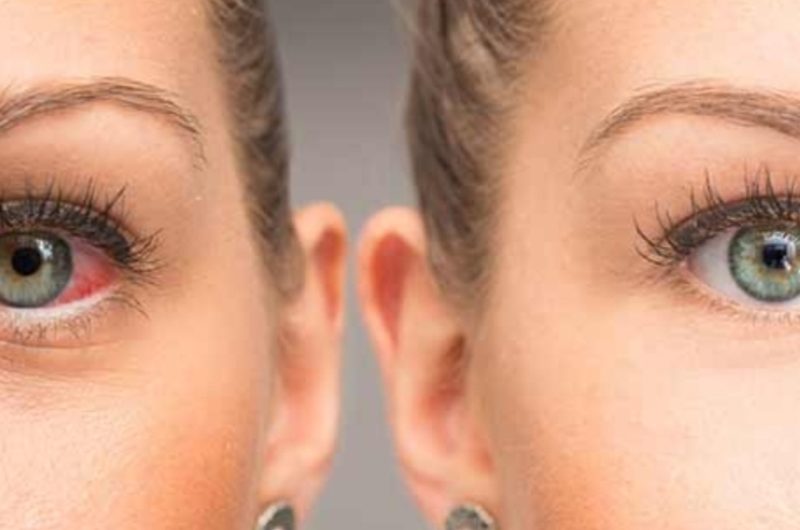Castor oil, a centuries-old natural remedy, offers numerous benefits for eye health. From soothing dry eyes to reducing eye bags and managing eye floaters, this thick, nourishing oil is a versatile addition to your eye care routine. Below, we explore its advantages and provide a step-by-step guide on how to use it safely.
Ingredients
- Pharmaceutical-grade castor oil (pure, cold-pressed, hexane-free)
SOOTHING DRY EYES
Dry eyes can cause discomfort, itching, redness, and a gritty sensation. Castor oil’s exceptional moisturizing properties create a protective barrier, retaining moisture longer than water-based lubricants. Apply a small amount to the eyes at bedtime for instant relief.
REDUCING EYE BAGS
Eye bags can make you appear tired, but castor oil’s anti-inflammatory properties help reduce swelling and puffiness. Gently pat a tiny amount under the eyes before bed for noticeable improvements over time.
MANAGING EYE FLOATERS
Eye floaters, though usually harmless, can be bothersome. Castor oil’s antioxidant properties may reduce their opacity, making them less noticeable. Apply sparingly to soothe the eyes and minimize floaters.
SUPPORTING CATARACT CARE
Cataracts cause blurred vision due to lens clouding. Some users report reduced cloudiness with regular castor oil application. However, consult an eye care professional before use, especially if considering surgery.
HOW TO USE CASTOR OIL SAFELY
Choose pure, cold-pressed, hexane-free, pharmaceutical-grade castor oil. Apply sparingly using a clean dropper (one drop per eye at bedtime). Always test a small amount first to avoid allergic reactions.
CONCLUSION
Castor oil is a natural, effective solution for common eye issues. Always ensure product purity and consult a healthcare provider for personalized advice. With proper use, it can enhance your eye care routine significantly.
Enjoy!






